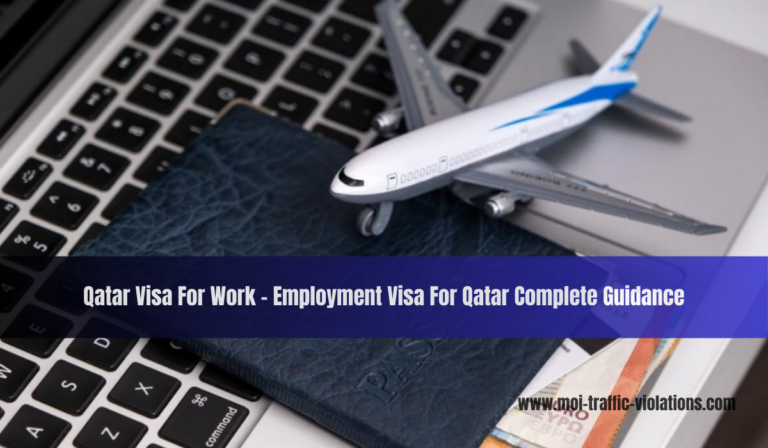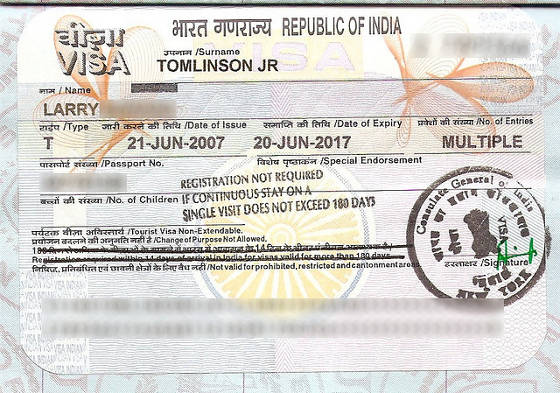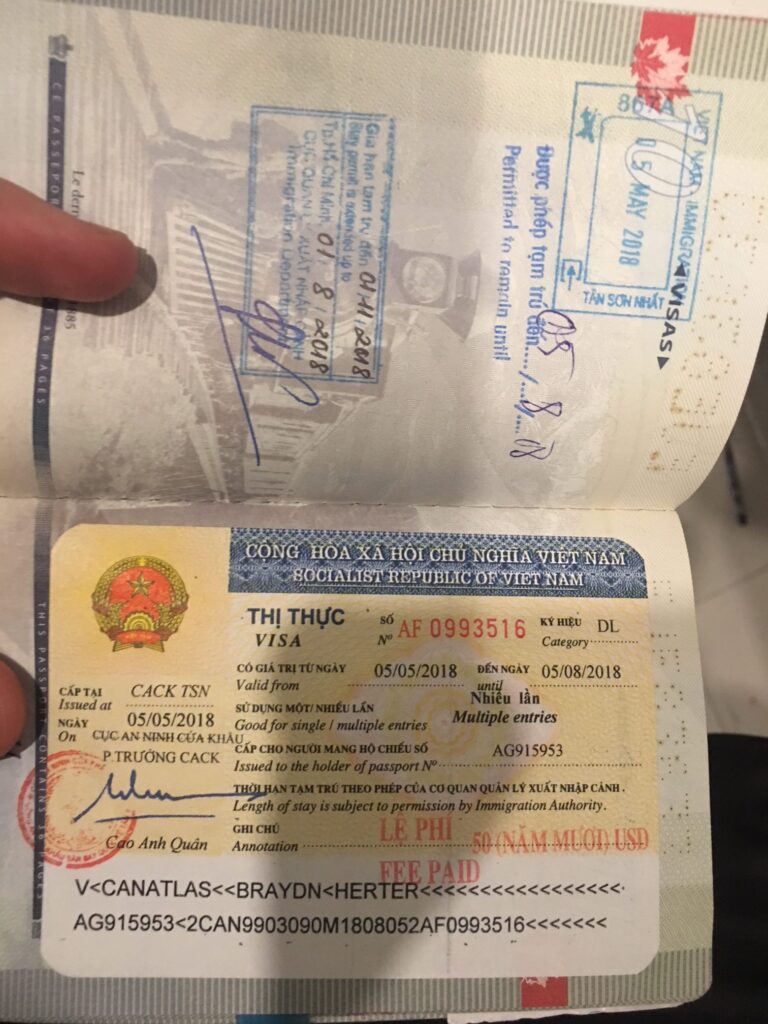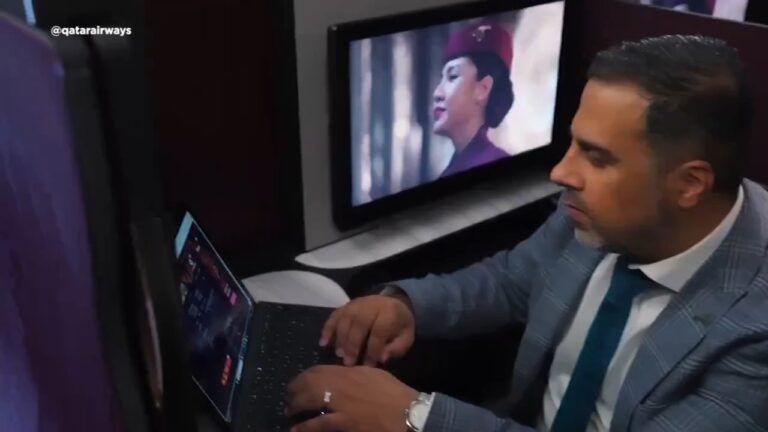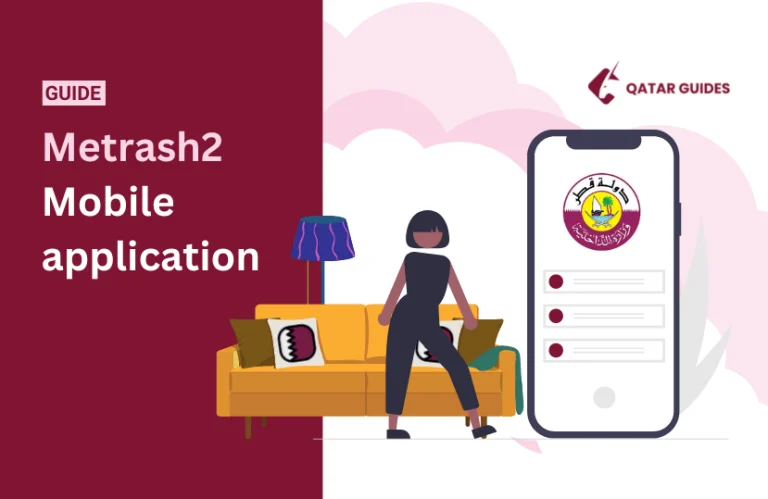Mastering Your Adventure: Essential Tourist Visa Application Form Guide
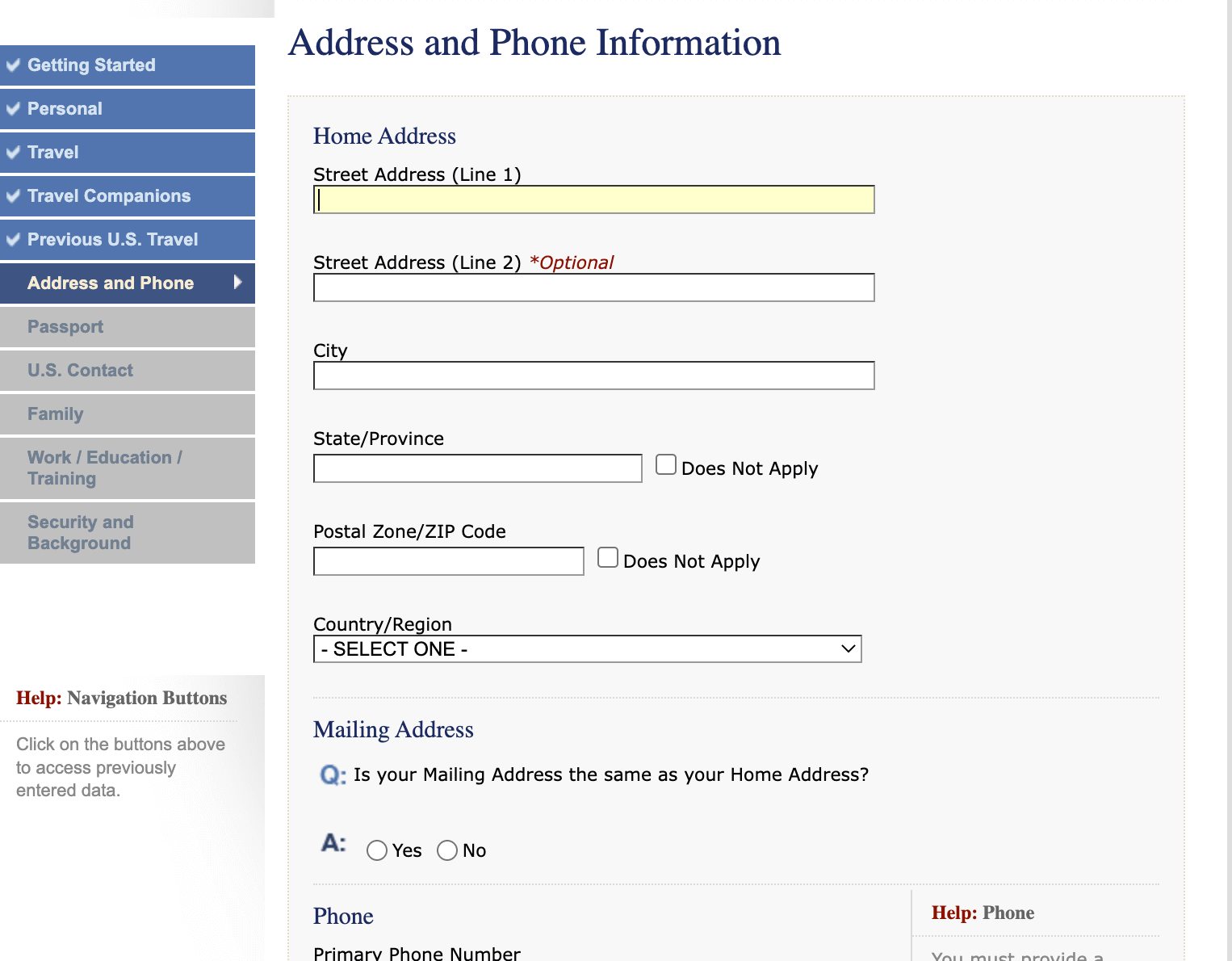
Understanding Tourist Visas
Obtaining a tourist visa is a crucial step for travelers planning to visit another country for leisure and exploration. Gaining a clear understanding of what a tourist visa is and its primary purpose can help streamline the tourist visa application process.
Definition of Tourist Visa
A tourist visa is a type of nonimmigrant visa issued to individuals who wish to enter a foreign country temporarily for tourism-related activities. It does not permit the holder to engage in any form of employment during their stay. Visitor visas, like the B-2 visa for the United States, exemplify this category (Travel.State.Gov).
Purpose of a Tourist Visa
The primary purpose of a tourist visa is to allow individuals to participate in various tourism-related activities. These activities include sightseeing, vacationing, visiting family or friends, receiving medical treatment, and participating in social events hosted by fraternal, social, or service organizations (Patel Legal).
Visitor visas are classified into different types based on the intended activities. For instance, the B-1 visa is for business-related trips, while the B-2 visa is specifically for tourism. There is also a combination visa (B-1/B-2) for those who intend to engage in both business and tourism during their visit.
Understanding the specific activities permitted under a tourist visa can help ensure compliance with the visa regulations. Any deviation from these activities may lead to legal complications or even cancellation of the visa.
| Visa Type | Purpose |
|---|---|
| B-1 Visa | Business-related activities |
| B-2 Visa | Tourism and leisure activities |
| B-1/B-2 Visa | Combination of business and tourism |
For more detailed information on tourist visa requirements and the specific tourist visa cost, it’s advisable to consult official sources or seek guidance from immigration experts.
By familiarizing yourself with the definition and purpose of a tourist visa, you can effectively navigate the application process and enjoy a hassle-free travel experience. For additional insights on structuring your application or preparing supporting documents, you may refer to our guide on the nonimmigrant visa electronic application process.
Activities Permitted on a Tourist Visa
When you apply for a tourist visa, it’s crucial to understand what activities are allowed and what are restricted. Below, you will find a clear distinction between tourism-related activities and work-related restrictions.
Tourism-Related Activities
On a tourist visa, you are allowed to engage in a variety of activities:
- Sightseeing and Exploration: You can visit landmarks, museums, and natural attractions.
- Leisure: Enjoy cultural events, recreational activities, and family visits.
- Medical Treatment: Seek medical care or consultations.
- Educational Pursuits: Participate in short, non-credit courses such as cooking classes or language courses.
- Social Activities: Attend social functions, weddings, or family gatherings.
Generally, any activity aimed at personal enjoyment, visiting family or friends, or participating in tourism is permitted.
Restrictions on Work Activities
It’s important to note that working while on a tourist visa is strictly prohibited. Below are some key restrictions you must adhere to:
- No Employment: Working in the U.S., even for a foreign employer or without payment, is considered unauthorized employment. Violating this rule can have severe implications, including jeopardizing future visa applications or entries into the U.S.
- No Business Operations: Engaging in business activities such as consulting, negotiating contracts, or managing operations is not allowed. For business purposes, a B-1 visa is required (UStraveldocs).
- No Volunteering: Any volunteering that could potentially displace a U.S. worker is considered unauthorized (Patel Legal).
- Financial Transactions: Receiving payments should occur abroad. Payments through U.S. financial institutions must also originate from abroad (Hooyou).
| Activity | Allowed | Not Allowed |
|---|---|---|
| Sightseeing | ✔️ | ❌ |
| Attending social functions | ✔️ | ❌ |
| Seeking medical treatment | ✔️ | ❌ |
| Short educational courses | ✔️ | ❌ |
| Volunteering | ❌ | ✔️ |
| Business negotiations | ❌ | ✔️ |
| Employment | ❌ | ✔️ |
| Receiving U.S. payments | ❌ | ✔️ |
Understanding these restrictions is essential for complying with the terms of your tourist visa. Make sure you also gather all the required documentation needed for your visa application. For more information on specific activities and further visa details, visit our guide on tourist visa application process.
Applying for a Tourist Visa
When applying for a tourist visa, it is crucial to understand the process and follow all necessary steps. One of the first steps is completing Form DS-160, followed by scheduling an interview.
Completing Form DS-160
Form DS-160 is an online nonimmigrant visa application. This form must be completed in English and all answers should use English characters (Travel.State.Gov). The DS-160 replaced the DS-156, DS-157, DS-158, and DS-3032 forms, simplifying the application process (Travel.State.Gov).
Key points to remember while completing Form DS-160:
- Answer all mandatory questions. Incomplete applications will not be accepted, and the system will display an error message prompting you to fill in the missing information (Travel.State.Gov).
- Provide your full name in your native alphabet only when prompted.
- Use the confirmation number from your DS-160 form to book your visa interview appointment.
For a step-by-step guide on how to complete Form DS-160, visit our page on how to apply for tourist visa.
Scheduling an Interview
Once you have completed Form DS-160, the next step is to schedule an interview with a consular officer. This interview is a critical part of the tourist visa application process.
Steps to schedule your interview:
- Submit Form DS-160: Make sure it is complete and accurate.
- Pay the Visa Application Fee: Check the fee amount relevant to your visa type and pay it online (tourist visa cost).
- Book an Appointment: Use the DS-160 confirmation number to schedule your interview at a US embassy or consulate (US Embassy Tourist Visa).
| Step | Action | Additional Information |
|---|---|---|
| 1 | Complete Form DS-160 | Submit online in English |
| 2 | Pay Fee | Refer to tourist visa cost |
| 3 | Schedule Interview | Use DS-160 confirmation number |
Make sure to gather all necessary documentation before your interview. This includes your passport, employment evidence, family ties, and financial support proof (Travel.State.Gov). For a detailed checklist, refer to our tourist visa checklist.
By following these steps carefully, you will be well-prepared for applying for a tourist visa, completing the DS-160 form, and scheduling your interview. For more information on the documents required for visa interview, visit our dedicated section.
Required Documentation for a Tourist Visa
When applying for a tourist visa, compiling the necessary documentation is a critical step. The documents required include the Nonimmigrant Visa Electronic Application (DS-160) and the interview appointment confirmation.
Nonimmigrant Visa Electronic Application
The Nonimmigrant Visa Electronic Application, or DS-160 form, is an online application required for all nonimmigrant visas to the U.S. This includes visitor visas like the B-1/B-2 visa, which is often used for tourism (UStraveldocs). You must complete the DS-160 form online and ensure that the photo provided is successfully uploaded. If the photo is not uploaded correctly, you will need to submit a printed photograph along with the DS-160 confirmation page during your interview (Travel.State.Gov).
Information Needed for DS-160
- Personal details
- Travel and employment history
- Family member details
- Travel companions’ information
- SEVIS ID for students
- Recent photograph meeting U.S. guidelines
- Supporting documents like I-20, DS-2019, or I-129 (if applicable)
| Requirement | Description |
|---|---|
| Personal Information | Name, birth date, and address |
| Travel History | Past visits to the U.S. and other countries |
| Employment History | Current and past employment details |
| Photograph | Recent, meeting U.S. specifications |
| Supporting Documents | I-20, DS-2019, or I-129 (if applicable) |
For a comprehensive breakdown of how to fill out the form, see our guide on how to apply for tourist visa.
Interview Appointment Confirmation
Upon completing the DS-160 form, you must pay the visa application fee and schedule an interview appointment on the official visa application website. You will receive an interview appointment confirmation, which is essential for the interview process.
Document Checklist for Interview
- DS-160 confirmation page
- Interview appointment confirmation letter
- A photograph taken within the last six months
- Current and previous passports
- Evidence of employment
- Proof of family ties
- Financial support documents
Bringing the right documentation is crucial for a smooth interview process. For detailed guidelines on the documents required during the visa interview, visit documents for visa interview.
Make sure to check out our other resources for more specific visa requirements information, such as tourist visa support documents and tourist visa photo requirements. Proper preparation and having the necessary documents ready will improve your chances of securing a tourist visa.
Interview Process for a Tourist Visa
Navigating the interview process for a tourist visa involves a series of evaluations and reviews conducted by the consular officer. Understanding what to expect during this process can help you prepare and confidently present your case.
Consular Officer Evaluation
During the visa interview, you will meet with a consular officer who will assess your eligibility for a tourist visa. The officer will ask a series of questions to determine the purpose of your visit, your ties to your home country, and your overall credibility. It is crucial to answer these questions truthfully and clearly.
The officer will evaluate several factors, including your travel history, employment status, and family ties. They aim to ensure that you intend to return to your home country after your visit and that your trip aligns with the purpose of a tourist visa.
Consular officers may inquire about:
- Your planned activities in the destination country
- Financial means to support your stay
- Previous travel experiences
- Employment and family responsibilities back home
These evaluations help the officer ascertain if you qualify for a B-1/B-2 visitor visa, which covers travel for leisure, medical treatment, or business-related purposes (UStraveldocs).
Supporting Documents Review
Supporting documents play a critical role in the visa interview. Consular officers will review the paperwork provided to substantiate your application. Ensure you have all necessary documents ready and organized.
Documents typically required include:
- Nonimmigrant Visa Electronic Application (DS-160) Confirmation Page: Essential for all applicants (Travel.State.Gov)
- Interview Appointment Confirmation: Proof of your scheduled interview
- Passport: Valid for at least six months beyond your intended stay
- Photograph: Meeting specific tourist visa photo requirements
- Evidence of Employment: Letters from employers or employment contracts
- Family Ties Documentation: Proof of dependents or family responsibilities in your home country
- Financial Proof: Bank statements or financial affidavits ensuring you can support yourself during the trip
A well-prepared set of documents increases the chances of a favorable decision. For a comprehensive list, visit the tourist visa checklist.
| Required Documents | Description |
|---|---|
| DS-160 Confirmation Page | Online visa application form |
| Interview Appointment Confirmation | Proof of interview scheduling |
| Passport | Valid for at least six months |
| Photograph | Must meet specific requirements |
| Employment Evidence | Letters from employers, contracts |
| Family Ties Documentation | Proof of dependents, family responsibilities |
| Financial Proof | Bank statements, financial affidavits |
During the review, consular officers might request additional evidence to support specific claims made in the application or interview. For detailed insights on supporting documentation, visit our article on documents for visa interview.
Understanding these aspects of the interview process can help you prepare thoroughly and increase the likelihood of a successful tourist visa application.
Visa Application Fees
Understanding the fees associated with obtaining a tourist visa is crucial for planning your trip effectively. This section covers the government filing fees and additional documentation costs you may encounter during the tourist visa application process.
Government Filing Fees
When applying for a tourist visa, one of the primary costs to consider is the government filing fee. For a B visa application, which is commonly used for tourism, the fee is $185. It’s important to note that this fee is for non-petition-based nonimmigrant visas. For those applying for petition-based nonimmigrant visas, the fee is typically $205.
| Visa Type | Government Filing Fee |
|---|---|
| Non-Petition-Based Nonimmigrant Visa (B) | $185 |
| Petition-Based Nonimmigrant Visa | $205 |
Applicants should always verify the specific fee for their visa type on the U.S. Department of State website.
Additional Documentation Costs
In addition to the government filing fee, you may incur other costs related to gathering the necessary documents and evidence required for your tourist visa application. These expenses can include:
- Acquiring passport photos
- Obtaining certified copies of personal documents (such as birth certificates)
- Translation services (if required)
- Courier fees for sending documents
To help you budget for these additional expenses, here is an approximate breakdown of typical costs:
| Item | Estimated Cost |
|---|---|
| Passport Photos | $10 – $20 |
| Certified Copies | $10 – $30 per copy |
| Translation Services | $20 – $50 per page |
| Courier Fees | $20 – $50 |
Be sure to check specific requirements and costs for your situation. For a comprehensive list of required documents, review our tourist visa checklist.
For further details on the application process and to ensure you have all the necessary information, visit our guide on how to apply for a tourist visa.
By understanding these fees and budgeting accordingly, you can better prepare for your tourist visa application. This will help you avoid any unexpected expenses and ensure a smoother application process. For more insights, you can explore topics like tourist visa financial requirements and documents for visa interview.
Processing and Wait Times
The wait times and processing durations for tourist visas can vary based on various factors. For those applying for a U.S. tourist visa, understanding these timelines is crucial for effective travel planning.
Interview Appointment Wait Times
When applying for a nonimmigrant visa, such as a tourist visa, it’s essential to schedule an interview appointment at a U.S. embassy or consulate. The wait time for these appointments can fluctuate due to factors like workload and staffing levels. As noted by Travel.State.Gov, advance travel planning and early visa application submission are vital.
If you are scheduling an appointment in a location different from your place of residence, it’s recommended to check the post websites for specific nonresident wait times. In urgent situations, such as funerals, medical emergencies, or starting school, expedited interview dates may be available. Applicants must first submit the online visa application form, pay the fee, and schedule the earliest possible interview appointment before requesting an expedited slot.
| Location | Typical Wait Time (Days) |
|---|---|
| New York | 15-20 |
| Los Angeles | 10-15 |
| Miami | 5-10 |
| Houston | 10-20 |
Administrative Processing Duration
After your interview, your visa application may undergo additional administrative processing. This is an important step that consists of further reviews and checks, often required in certain cases. According to Travel.State.Gov, administrative processing can take up to 180 days or more.
Understanding that there are two potential outcomes—issuance or refusal of the visa—it’s imperative to build in enough time for possible additional processing. The stated wait times do not include the time required for the return of your passport post-review (Travel.State.Gov).
For more tailored information, particularly for special categories like students or exchange visitors, it’s best to refer to the local procedures and instructions provided by the embassies and consulates.
For further details on processing times and tips to expedite your application, you can visit our pages on expedited tourist visa processing and tourist visa processing time.
Planning well in advance and keeping yourself informed about the expected wait times and processing durations will significantly enhance the chances of a smooth and timely visa application process.
Visa Application Outcome
Visa Issuance
Upon completing the tourist visa application form and undergoing the interview process, you may receive a positive outcome—visa issuance. A tourist visa, such as the B-1/B-2 visa, allows you to travel to the United States temporarily for business or pleasure. The B-1 visa covers activities like attending conferences or negotiating contracts, while the B-2 visa is for tourism, visiting friends or relatives, and medical treatment.
When your visa is issued, you will receive a stamped passport and any necessary documentation stating the terms of your visa. It is essential to review these documents to understand the visa type, validity period, and any additional conditions. Be mindful of the visa expiration date and adhere to the permitted activities and duration of stay outlined on your visa. For more details, visit our page on tourist visa validity period.
Potential Refusal Reasons
While many applicants successfully obtain their visas, some may face refusal. Various factors can lead to a visa application being denied. Understanding these potential reasons can help you better prepare and improve your chances of a successful application.
| Reason for Refusal | Description |
|---|---|
| Insufficient Documentation | Failing to provide necessary documents, such as financial statements or a sponsor letter for tourist visa, can lead to a refusal. |
| Inconsistencies in Information | Discrepancies between the information provided in your DS-160 form and the details shared during the interview can raise red flags. |
| Lack of Strong Ties to Home Country | Applicants must demonstrate strong ties to their home country, such as employment, property ownership, or family, indicating they will return after their visit. |
| Previous Visa Violations | If you have violated visa terms in the past, such as overstaying your visit, this can negatively impact your application. |
| Criminal Background | A criminal record or involvement in illegal activities can lead to visa denial. |
For more on what might lead to a visa refusal, see our article on tourist visa requirements.
In case of a refusal, it’s essential to address the reasons and ensure they are not repeated in future applications. If you receive a refusal, you can consider reapplying after addressing the grounds of the initial denial. For guidance on mitigating the factors leading to refusal, visit our pages on tourist visa support documents and tourist visa application process.

